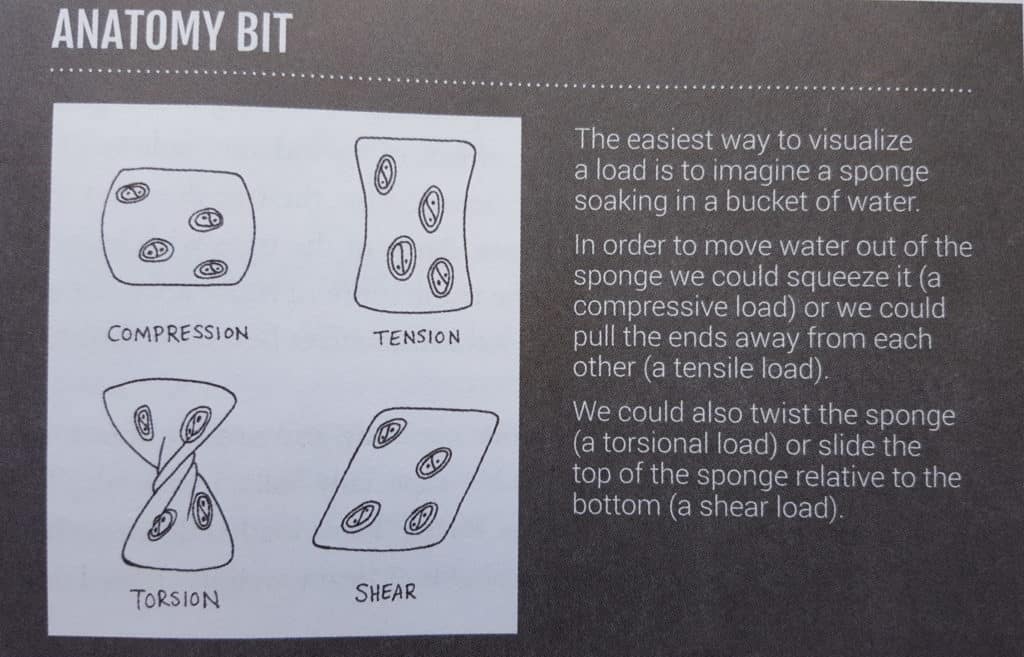
Sliding
Sliding is one of the most fun ways to get from here to there. True to form, it’s also a sneaky little way to grasp an underlying understanding of movement. F=ma (force equals mass times acceleration) is explained in one quiet gesture, along with friction, vector, tension, and torque. Though we use it some degree every single day, I wonder how many of us are aware of its significant role in teaching us how to move our bodies. Like so many overlooked things, a little attention may even grow into affection.
Slides provide a safe means to exploration. The known constant of the ground or wall acts as a guide in which you can tinker and test your variables of ability. It is a haven of learning, shown but rarely said, to demonstrate what should be done so you know how something works. In his often referenced Onnit shoulder video, Dr. Spina hints at this concept while leaving farther reaching application up to the viewer:
Slides utilize constant feedback to provide stability to exploratory mobility.
Lift-0ffs and hovers get most of the Kinstretch love, but slides are what I most rely on to expand upon my movement knowledge. Infinitely controllable, a simple pair of socks award me the perfect playground, void of any toys. Gliding, in it’s purest form, is a manipulation of load. The support of a steady surface is instantaneous, offered only when needed, and provided exactly when necessary. It is an empowering process of figuring things out, complete with built in context and progressions.
The act of sliding:
1. Develops variability in end range.
Apart from helping you ‘get there’, slides can also help you investigate what a limb can do in a certain position.
2. Allows you to get into a position you otherwise couldn’t.
You can’t examine what you can’t get into. Slides grant you access into the unknown.
3. Increases the challenge of a current move.
Leverage transitions are easiest when the mid-joint can flex or extend with assistance.
4. Offers optional points of entrance (or exit).
Experimentation in getting in or out of a move affords opportunities to construct, design, and develop best practices and transitions.
5. Establishes an alternative to hinging and rotating that can often provide relief.
Not all slides need to be placed against a surface. The act of simply moving differently can be productive. Loads of compression, torsion, and tension placed in a particular direction can continually compound into strain and irritation. A sliding or shear motion can place you into a position of comfort and/or stretch, both in the process and product of opposing force.




